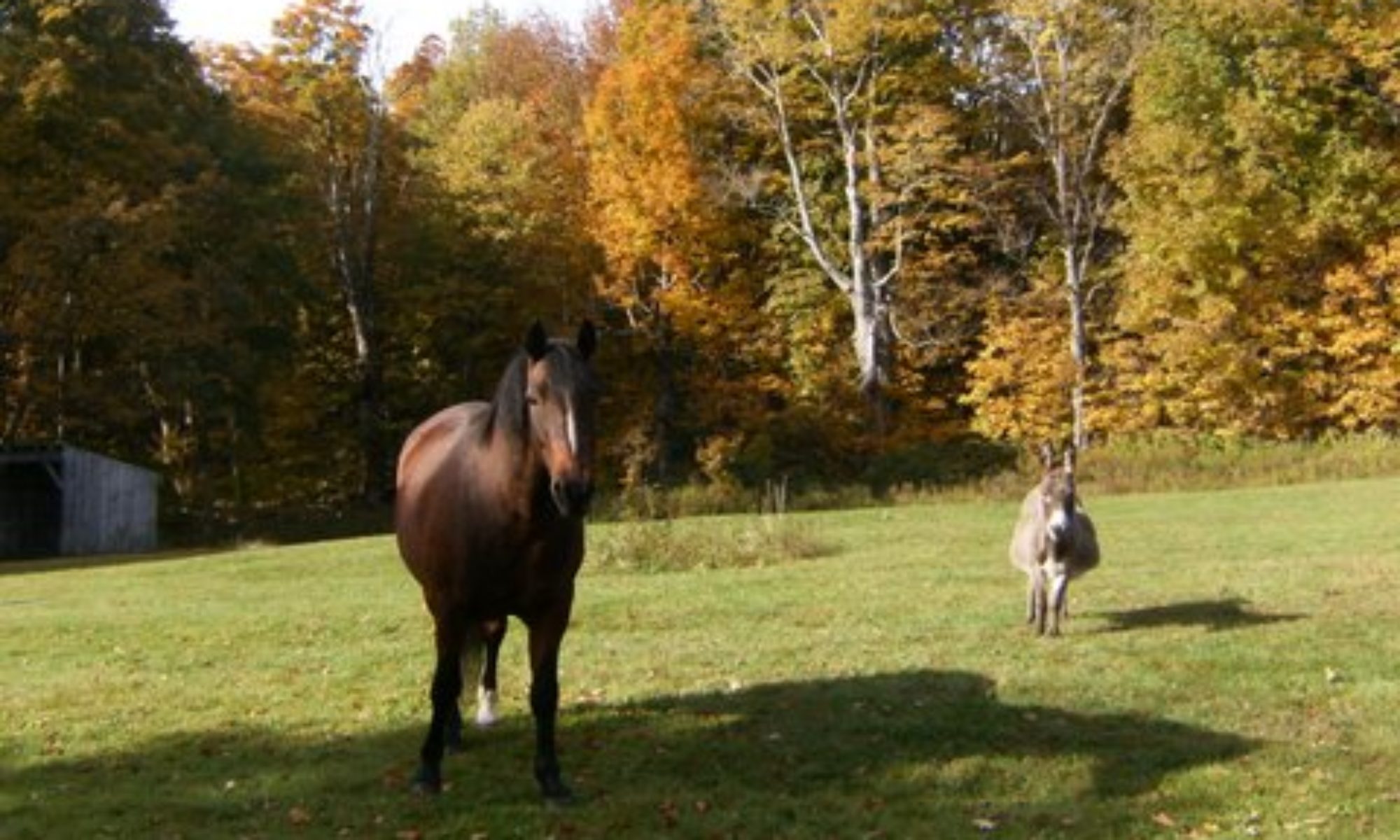S.O.U.N.D. Another tool in your box.
Jack Millman BBA, EMT-B, CJF, APF,Dip.WCF
As an Emergency Medical Technician I use many mnemonics to remember patient interview procedures. Mnemonics are aids to help in remembering.
Doctors use a specific set of questions every time you visit their office in order to get your history and an understanding of your current condition. Medical Doctors, Nurses, Veterinarians and EMS personnel use these memory tools.
An example of a mnemonic in the medical arena is the memory tools sample which is used to remember to ask for the following information: Signs/Symptoms, Allergies, Medications you are taking and the name of your Doctor, Pertinent past history, Last intake of liquid or food, Events leading up to your current condition.
As a Farrier I tend to look at most things in terms of the horse. While I was studying to become an EMT I would constantly reference my knowledge of Equine anatomy to Human anatomy. Many of the terms have corresponding relationships. In fact I did this so often that when taking the Massachusetts State Board exams for my EMT license I answered a question as if it referred to the horse instead of the Human anatomy.
In any case I have been thinking about these diagnostic aids and I began developing one that I can use when I am attempting to determine what I am looking at when confronted with an unsoundness or gait problem or simply looking at a new clients horse.
I called it SOUND.
Each of the letters gives us a tool to guide us. When all of the tools are put together it gives us a picture.
Here is how it works:
S– Signs & Symptoms – Signs are what we observe. Symptoms are what the patient is telling us, in the case of the horse showing us. The owner can also tell us the symptoms.
O- Onset & Provocation – When did this occur and was there an observed cause that created the problem.
U- Unusual Behavior/Situation – Get a description of the lameness / problem by the owner, a demonstration by the horse. Has the horse’s environment or work habits changed?
N- Normal Behavior/Situation – How does the horse normally perform? What is the horses normal environment and work schedule?
Jack M. Millman BBA, CJF, Dip.WCF
Jack Millman Farrier Service, Farrier Consultant, and Educational Clinician
